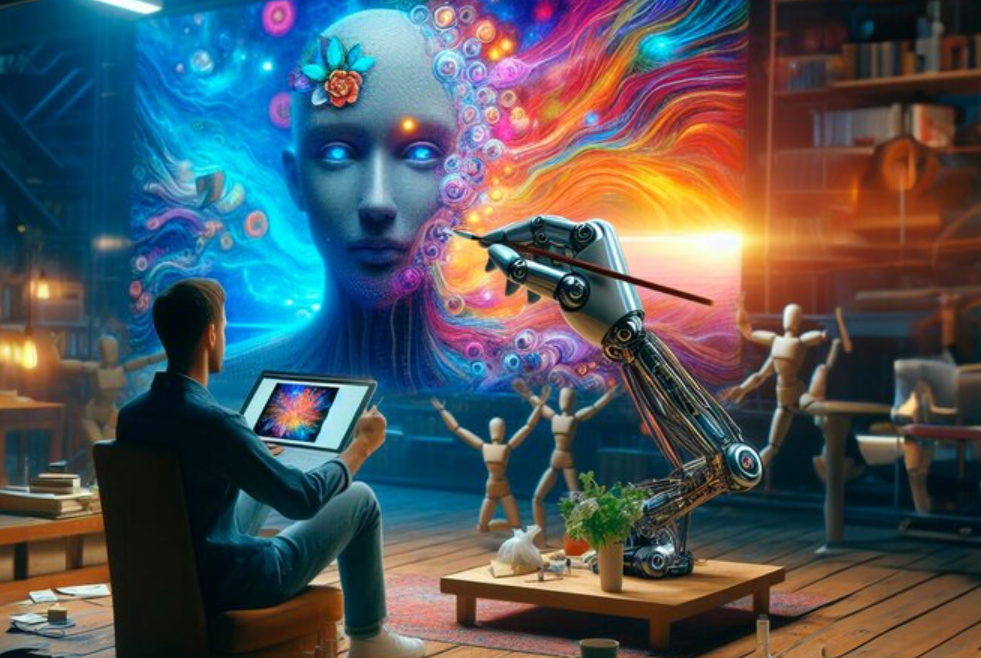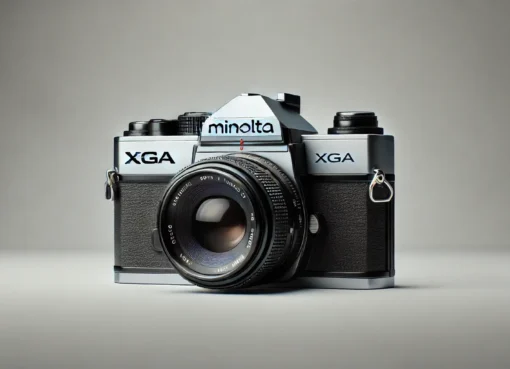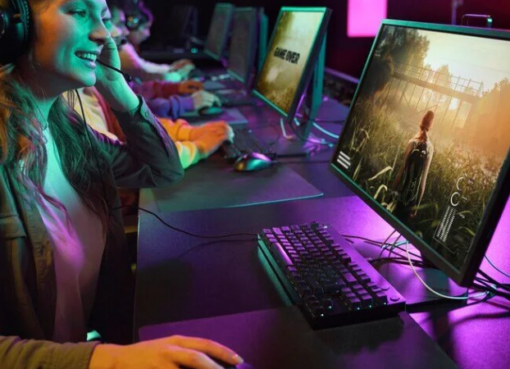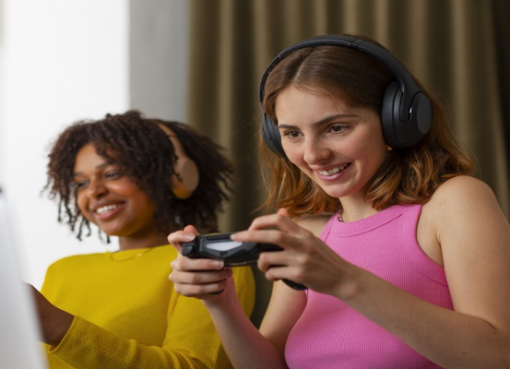AI Photo Generator: Revolutionizing Digital Creativity

Artificial Intelligence (AI) has made significant strides in recent years, revolutionizing various industries. One of the most impressive advancements is AI photo generator, which can create, edit, and enhance images with remarkable accuracy and creativity. These tools are transforming the way artists, designers, and content creators approach digital art and photography.
What is an AI Photo Generator?
An AI photo generator is a tool that uses machine learning algorithms, particularly deep learning models like Generative Adversarial Networks (GANs) and diffusion models, to generate realistic or stylized images from scratch or based on input data. These tools can create high-quality, photorealistic pictures, apply artistic filters, and even manipulate existing images to produce entirely new visuals.
How Do AI Photo Generators Work?
AI photo generators rely on vast datasets of images to learn patterns, styles, and structures. They use sophisticated neural networks to:
- Analyze and understand visual elements such as colors, textures, and shapes.
- Generate new images based on learned data, ensuring uniqueness and high fidelity.
- Enhance and modify photos, allowing users to edit, upscale, and add elements seamlessly.
Some well-known AI photo generators include DALL·E, MidJourney, Stable Diffusion, and Deep Dream. Each has unique capabilities, catering to different creative needs.
Benefits of AI Photo Generators
- Time Efficiency: AI can generate high-quality images in seconds, reducing the need for extensive manual work.
- Cost-Effective: Eliminates the need for expensive software or hiring professional designers for certain tasks.
- Endless Creativity: Users can experiment with different styles, themes, and compositions without limitations.
- Accessibility: Enables non-artists to create professional-quality images easily.
- Customization: Users can generate personalized images tailored to specific needs and preferences.
Applications of AI Photo Generators
- Graphic Design: AI-generated images can be used for branding, advertising, and social media content.
- Entertainment and Gaming: Game developers use AI to create characters, landscapes, and textures.
- E-commerce: Businesses utilize AI-generated visuals for product showcasing and marketing materials.
- Content Creation: Bloggers, influencers, and marketers leverage AI to produce visually appealing content.
- Restoration and Enhancement: AI tools restore old or damaged photos by improving resolution and correcting imperfections.
Ethical Considerations
While AI photo generators offer remarkable capabilities, they also raise ethical concerns, such as:
- Misinformation and Deepfakes: AI can create highly realistic but misleading images.
- Intellectual Property Issues: Questions arise regarding ownership and copyright of AI-generated images.
- Bias in AI Models: Datasets may contain biases, leading to inaccurate or unfair representations.
Developers and users must use AI responsibly to ensure ethical practices in digital creativity.
Conclusion
AI photo generators are transforming the world of digital art, making image creation more accessible and efficient. As technology advances, these tools will continue to evolve, opening up new possibilities for artists, designers, and businesses. While ethical considerations remain, responsible usage of AI-generated imagery can lead to exciting and innovative creative endeavors.




Leave a Comment